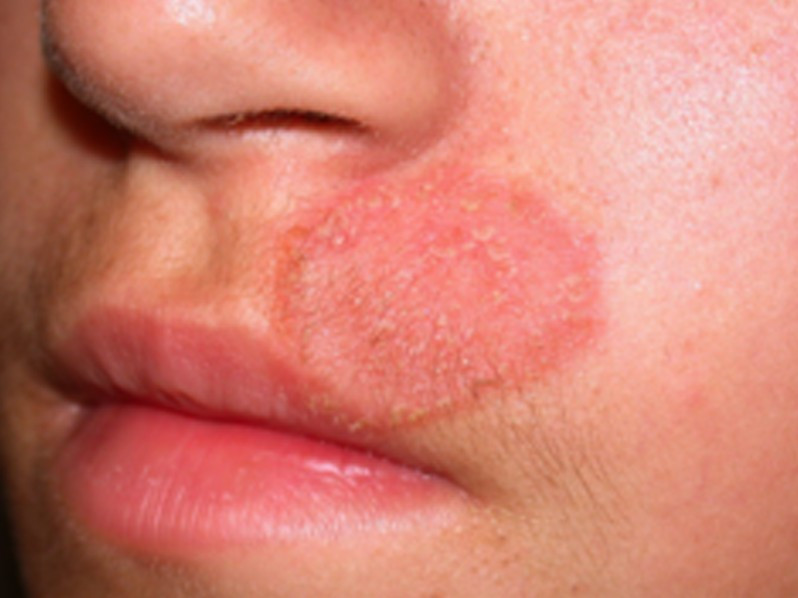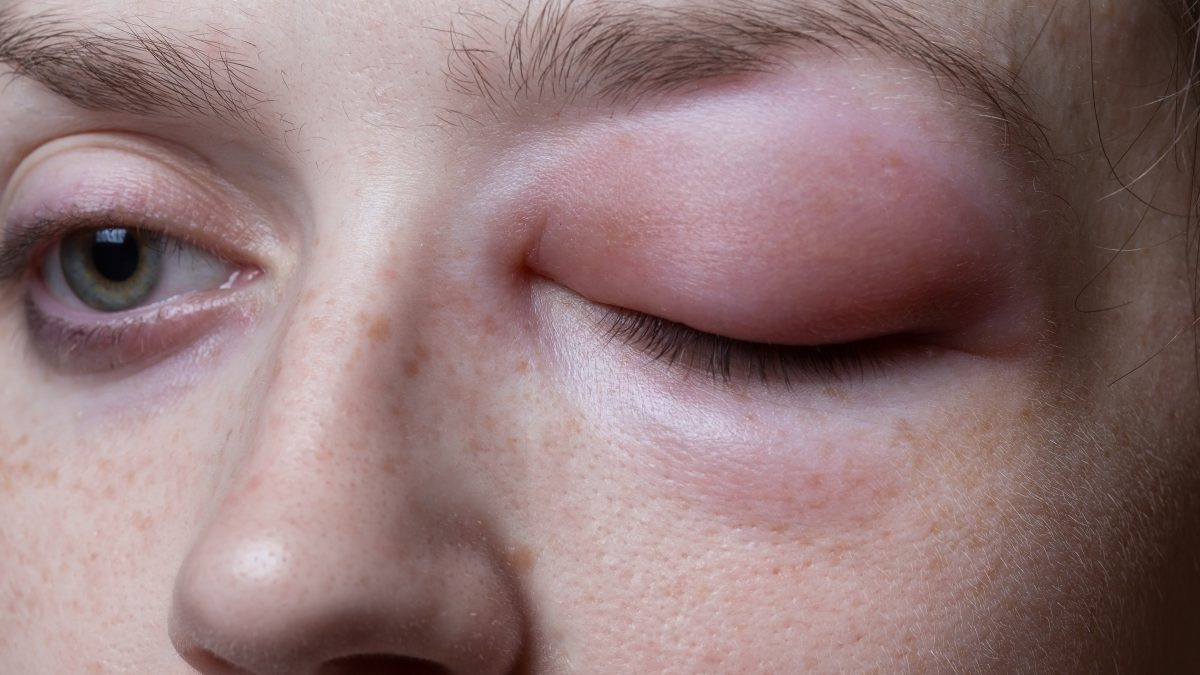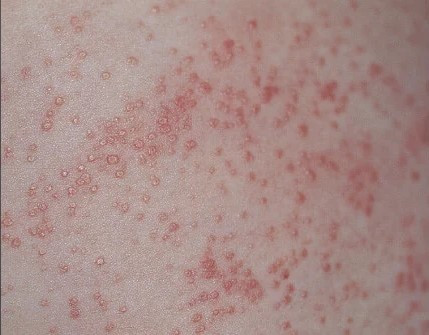Definition
Folliculitis is an inflammatory condition affecting the hair follicles, the small sacs from which hair grows. It is a common disorder typically caused by bacteria or fungi. Initially, folliculitis presents as small, red bumps or pustules with a white peak, resembling pimples. However, unlike pimples, these inflamed bumps occur at the site of hair follicles. If these bumps rupture, white fluid and hair may be visible. Despite this, popping these bumps can exacerbate the infection and lead to larger lesions.
Although folliculitis is not life-threatening, it can be bothersome due to associated itching and pain. If it occurs in visible areas, it may also affect appearance. Severe folliculitis can result in hair loss and difficult-to-remove scars. Mild cases of folliculitis often resolve spontaneously within a few days with home care, while more severe or recurrent cases require medical treatment.
Folliculitis can also be triggered by conditions such as hot tub rash or barber's itch.
Causes
The majority of folliculitis cases are caused by the bacterium Staphylococcus aureus, though other factors can also contribute.
Folliculitis can be categorized by its depth (superficial or deep). Superficial folliculitis involves only the upper layer of skin, whereas deep folliculitis affects deeper skin layers and tends to be more severe.
Superficial folliculitis can be further classified based on its cause, including:
- Bacterial folliculitis: This type causes itching and redness in the infected area, with pus-filled follicles. It results from bacterial infection of hair follicles, typically by Staphylococcus aureus, which normally resides on human skin but can cause inflammation if it enters the follicles through a wound.
- Hot tub folliculitis: Characterized by red, round, itchy bumps, this type appears two days after exposure to Pseudomonas species bacteria, which thrive in public hot tubs where chlorine and pH levels are poorly regulated.
- Razor bumps: This form of folliculitis occurs when hair is shaved too closely to the scalp, trapping hair within the follicle and causing irritation.
- Pityrosporum folliculitis: Caused by a fungal infection from Pityrosporum species, this type affects the back, chest, and sometimes the neck, shoulders, upper arms, and face.
Deep folliculitis causes include:
- Sycosis barbae: Common in men new to shaving, this form of folliculitis affects the beard area.
- Gram-negative folliculitis: This results from gram-negative bacteria, often due to prolonged use of antibiotics for acne.
- Boils (furuncles) and carbuncles: These occur when hair follicles are infected with S. aureus bacteria, forming larger, blood-filled lumps that are more painful than typical folliculitis.
- Eosinophilic folliculitis: Frequently seen in individuals with HIV/AIDS, this type is characterized by intensely itchy, recurring pimple-like lesions that leave hyperpigmented scars. The exact cause remains unknown.
Risk factor
Risk factors for developing folliculitis include:
- Having medical conditions that increase susceptibility to infections, such as diabetes, kidney failure, and HIV/AIDS
- Suffering from other skin conditions like acne and dermatitis
- Using certain medications, including steroid creams or long-term antibiotics for acne
- Frequently shaving, especially if you have curly hair
- Wearing tight clothing
- Bathing in inadequately cleaned hot water
- Engaging in activities that irritate the skin, such as shaving, waxing, and wearing tight clothing
Symptoms
Symptoms of folliculitis include:
- Several red or pus-filled bumps (white-topped bumps resembling ripe pimples) that develop where hair grows, particularly in hair follicles.
- Crusty scars that form if the bumps rupture.
- Itching and a burning sensation on the affected skin.
- Pain in the affected skin.
- Larger bumps or lumps that may appear as masses.
Diagnosis
A doctor can diagnose folliculitis based on a physical examination by assessing your skin condition and discussing your symptoms. Sometimes, the doctor may use a dermoscopy to examine the skin more closely. If initial treatments do not alleviate the infection, the doctor may take a sample of the infected skin or hair for further analysis. A skin biopsy may be performed in severe cases that do not respond to treatment.
Management
Medical Treatments
Treatment depends on the severity of the folliculitis and whether you have attempted home care. The following medications may be prescribed:
- Topical or oral antibiotics to control infection, based on the suspected causative bacteria.
- Topical antifungal, shampoo or pills.
- Creams or pills to reduce inflammation.
If boils are present, a doctor may perform a minor procedure to drain the pus and alleviate pain.
Home Care
For mild cases, home care can help relieve symptoms and prevent the infection from spreading. Recommended steps include:
- Applying a warm compress to the affected area several times a day. A salt solution (1 teaspoon of salt in 2 glasses of warm water) can be used for this purpose.
- Applying topical antibiotics.
- Using lotion to reduce itching.
- Cleaning the affected skin twice daily with antibacterial soap. Use a clean towel each time, and avoid sharing towels with others.
- Protecting your skin by avoiding shaving until the condition improves.
Complications
Complications of folliculitis may include:
- Recurrent or spreading infections.
- Development of furunculosis (multiple boils).
- Permanent skin damage, such as hyperpigmentation or scarring.
- Damage to hair follicles, leading to permanent hair loss.
Prevention
To prevent folliculitis from recurring:
- Avoid tight clothing.
- Refrain from shaving until the area is healed.
- When shaving is necessary, minimize the distance between the razor and skin, and:
- Reduce the frequency of shaving.
- Clean your skin with warm water and antibacterial soap before shaving.
- Use a clean cloth in a circular motion to clean the shaved area.
- Avoid using an electric shaver and do not stretch the skin when shaving.
- Use a sharp razor and clean it with warm water after each use.
- Apply a moisturizer after shaving.
When to see a doctor?
Consult a doctor if your folliculitis and symptoms persist beyond a few days. Antibiotics or antifungal treatments may be necessary to control the infection. Your doctor will prescribe the appropriate medications and help alleviate your symptoms.
Looking for more information about other diseases? Click here!
- dr Anita Larasati Priyono
Cleveland clinic. (2021). Folliculitis. Available from: https://my.clevelandclinic.org/health/diseases/17692-folliculitis
Mayo Clinic. (2020). Folliculitis. Available from: https://www.mayoclinic.org/diseases-conditions/folliculitis/diagnosis-treatment/drc-20361662
Nazario B. (2020). Folliculitis. WebMD. Available from: https://www.webmd.com/skin-problems-and-treatments/what-is-folliculitis
Winters RD, Mitchell M. Folliculitis. [Updated 2021 Aug 11]. In: StatPearls [Internet]. Treasure Island (FL): StatPearls Publishing; 2022 Jan-. Available from: https://www.ncbi.nlm.nih.gov/books/NBK547754/











